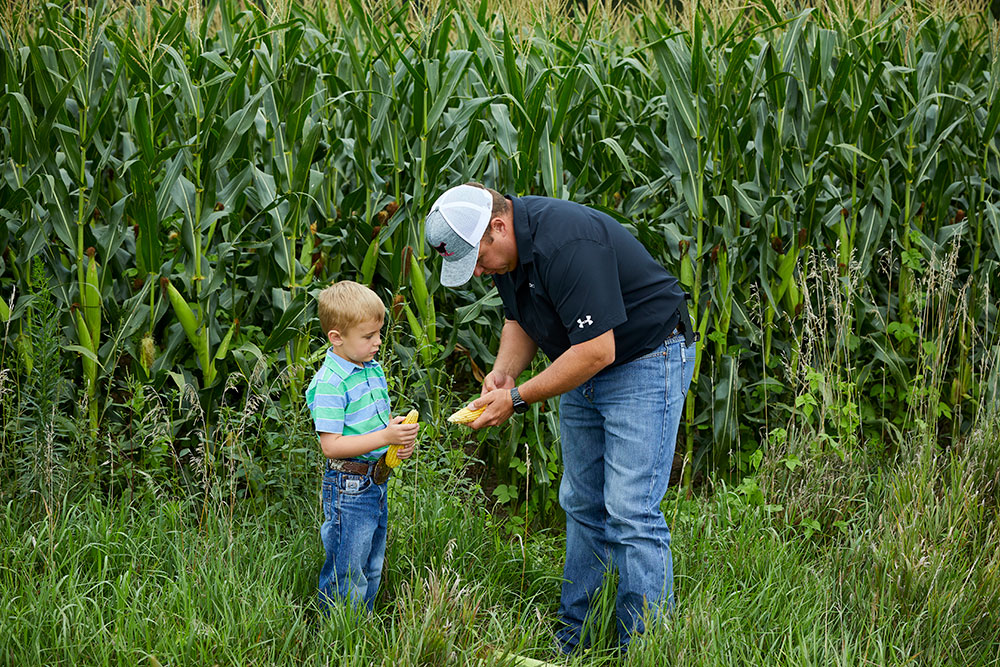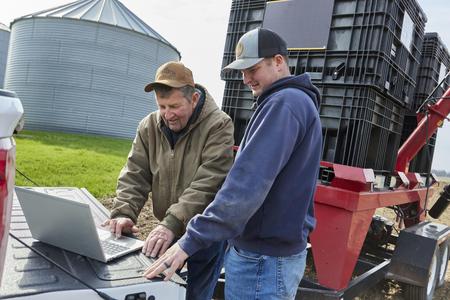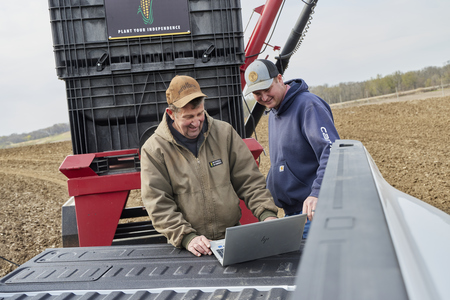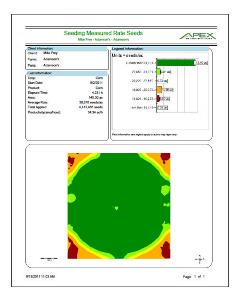Mega Menu
Mega menu is possible in BS5 but we will need to create a custom template layout for the navigation widget. The following is a hard-coded example.

Font Awesome 6
FA6+ icons will work on all widgets.
The FMH Icon box will need a new version created because the styling is broken in Bootstrap 5 templates (this has nothing to do with FA).
FMH Icon Widget
Icons can now be used in Content blocks by pasting the HTML tags from www.fontawesome.com into the HTML editor.
Here are some new icons from Font Awesome 6
face-awesome
envelopes
wheat-awn
Bootstrap Components
Code snippits from http://getbootstrap.com pasted into Content Blocks.
h1. Bootstrap heading
h2. Bootstrap heading
h3. Bootstrap heading
h4. Bootstrap heading
h5. Bootstrap heading
h6. Bootstrap heading
Nav Tabs
Nav Pills
Accordion
.accordion-body, though the transition does limit overflow.
.accordion-body, though the transition does limit overflow.
.accordion-body, though the transition does limit overflow.
Tables
| # | First | Last | Handle |
|---|---|---|---|
| 1 | Mark | Otto | @mdo |
| 2 | Jacob | Thornton | @fat |
| 3 | Larry the Bird | ||
Alerts
Image Carousel
Modals
Sitefinity Widgets
Default, out of the box, Bootstrap 5 templates available for widgets.
The navigation template used above is called Horizontal.
Navigation Widget - Tabs Template
Navigation Widget - Pills Template
Breadcrumb
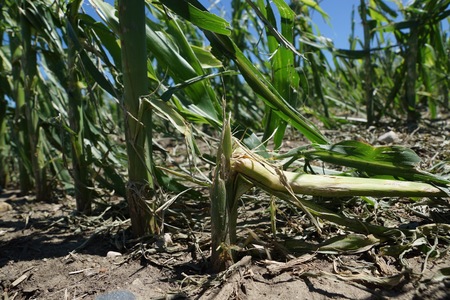
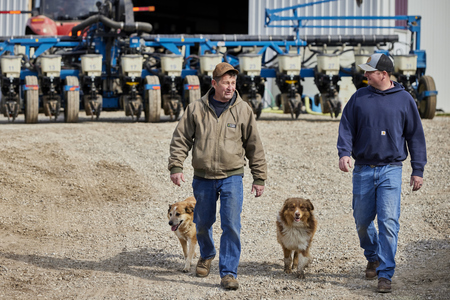
List Widget - Expandable List Template
Precision Claims FAQs
List Widget - Simple List Template
Crop Claims Reminders
-
How To Report MPCI Claims
-
MPCI Claim Reporting Deadlines
-
Appraisals
-
Production Records by Unit
-
Production Delivered to a Commercial Elevator
-
Production From Precision Farming Technology Systems
-
Production Weighed and Farm Stored
-
Authorization for Load Records, Storage Structure Marking, or Combine Monitor Records
-
Fed Production
-
Quality Adjustment
-
What is a Simplified Claim?
-
What can insureds do to expedite the claim process?
List Widget - Anchor List Template
Quality Control Review FAQ
- What can an Insured do to prepare for a review?
- What can Agents do to prepare for a review?
- How does the review process begin?
Quality Control Review FAQ
What can an Insured do to prepare for a review?
Third party documentation (i.e. summary/settlement sheets from the elevator) is required when applicable and available. Insureds are expected to have available hard copy records that will 1) support the total production raised for the crop/county/year being reviewed and 2) that can demonstrate how production was kept separate between various units, practices and types (if applicable).
Insureds will also want make themselves available to meet with the quality control reviewer as the reviews will need to be completed before the claims can be processed.
What can Agents do to prepare for a review?
How does the review process begin?
Documents List - Documents List Template
Documents List - Documents List Template
| Title | Type | Size | |
| 602 KB | DownloadFMHQ Release 2 Guide | ||
| 405 KB | DownloadWFRP Checklist for Agents 2026 | ||
| 504 KB | DownloadWFRP Policy Provisions 2026 | ||
| 3231 KB | DownloadWFRP Handbook 2026 | ||
| 203 KB | DownloadECO_MCO_SCO_Coverage Comparison Flyer |
News Widget - News List Template
News list template is the only template available by default.
Precision Claim Saves Time in Western Iowa
This past fall, a claim that would have taken J.R. Oliphant, FMH Field Claims Supervisor II, hours to adjust using traditional methods, took only 45 minutes to complete due to FMH’s Precision Claims process.
“I didn’t have to measure five to six bins or handle a lot of paperwork. In the past, adjusting claims for this farmer took half a day,” Oliphant explained.
Oliphant had adjusted claims at this 2,000 acre Onawa, Iowa farm in previous years, but this year was different. The farmer uses precision ag technology throughout his operation, and had prepared the proper planting and harvest maps, as well as calibration records, for Oliphant to use for adjusting – which meant Oliphant didn’t need to sift through handwritten records, bin measurements, or settlement sheets.
“There was actually a discrepancy between the irrigated and non-irrigated ground, but the maps showed the pivot boundary perfectly,” he said. “Having accurate precision maps made it easy to figure out.”
To complete a Precision Claim, FMH adjusters only need these three pieces of documentation to verify losses: an acceptable seeding map, an acceptable harvest wet-weight map showing the acres and the production from the different units, along with an acceptable calibration report. The maps should be generated from what the farmer is using for Farm Management Software (FMS), and some FMS will even provide calibration records, or these can be maintained manually by the farmer.
After obtaining all of the necessary records, Oliphant adjusted the claim within 45 minutes, and the paperwork was ready to sign. Using the new e-signature function for FMH claims, the farmer only needed to sign once.
“He commented how easy it all was. He liked that he only needed to sign once instead of ten times,” Oliphant said.
A process that would have traditionally taken the adjuster hours to complete with multiple touch points and time with the farmer, was reduced to less than an hour – and took up much less of the farmer’s time – with FMH’s Precision Solutions. The time-savings with Precision Solutions lets the farmer get back to work even sooner, and allows adjusters more time to process other claims.
Blog Posts Widget - Blog Posts Lists Template
-
Reporting Acreage with FMH Precision Solutions
Many policyholders already collect precision ag data during planting. Put that data to work to report acreage for crop insurance with FMH Precision Solutions.Full story -
Prepping Your Customers for Planting with Precision
Help your farmers use the precision data they're already collecting to simplify planting and reporting this spring.Full story -
Q&A with an FMH Precision Tech Specialist
Learn how our expert staff supports agents getting started with Precision SolutionsFull story -
Traditional vs. Precision Claims: What Are the Differences?
Oct 16, 2023, 14:01 by Eric RicheLearn how Precision Solutions can lead to simplified claims and easier APH reviews for your customers.Full story -
See How Precision Solutions Saves Premium and Improves APH
See the difference with examples from our recent FieldView™ Partner Connect webinar.Full story
